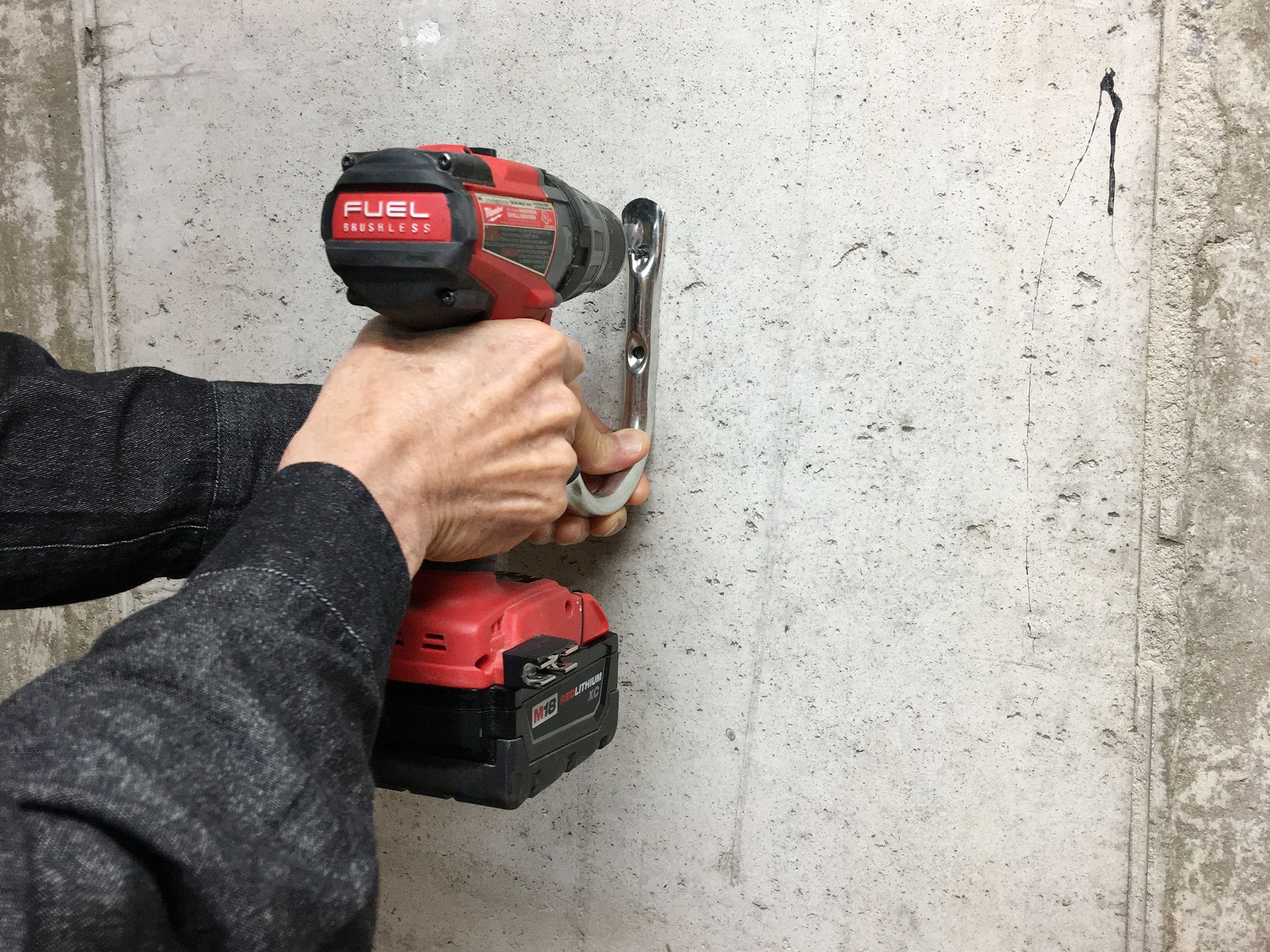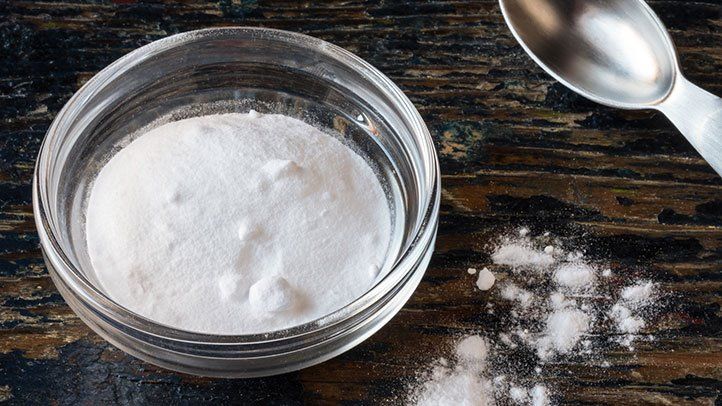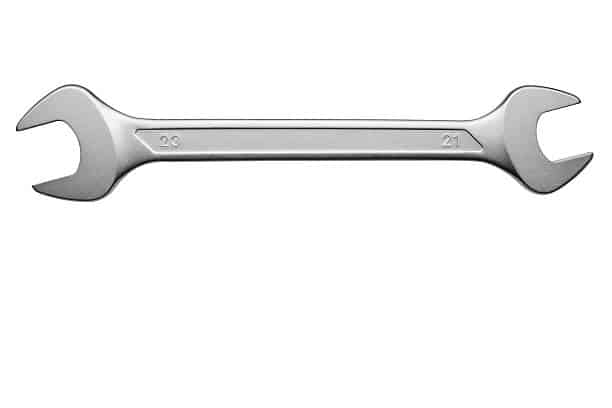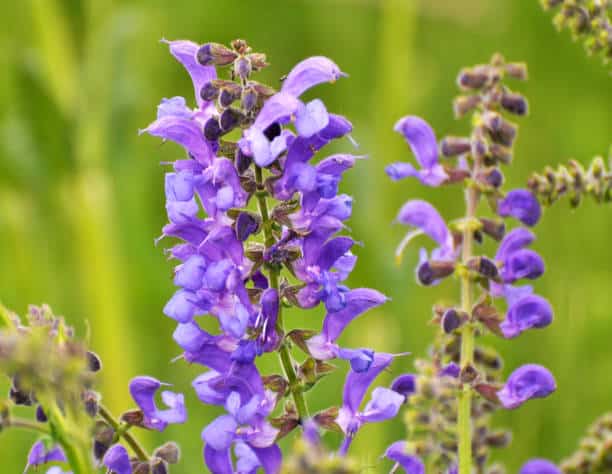Mod are very stubborn and I personally think there’s no mold more stubborn than those that grow on clothes; we call them mildew. Mildew thrives in damp and humid conditions and this is why it can easily be seen in wet clothes that are left unwashed for long.
However, mildew can easily be dealt with and if you continue to read this guide on How to Get Mildew Out of Clothes in Less Time, you’ll learn all there is to learn about getting mildew out of clothes.
This article will also teach you how to prevent mildew from growing on your clothes and the health implications of having clothes infested with mildew.
Meanwhile, below is our table of contents.
Table of contents
What is Mildew?
Mildew refers to a type of mold that typically grows in damp or humid conditions. It is a surface fungus that can develop on various materials, including fabrics, wood, paper, and other organic surfaces.
Mildew is often characterized by its powdery or downy appearance, and it can come in various colors, such as white, gray, or black. While mildew itself does not cause structural damage, it can be unsightly and may lead to unpleasant odors.
Preventing mildew growth involves controlling moisture levels and ensuring proper ventilation in affected areas.
Can Mildewed Clothes Make You Sick?
Your health and well-being may suffer greatly from extended exposure to mold and mildew. Many people have symptoms right away after being exposed to spores, particularly if the spores land on clothing near the mouth or nose.
Although mold and mildew cannot be completely eradicated from the environment, both indoors and outdoors, it is crucial to routinely check garments for stains and, if feasible, remove them.
Whether the spores are alive or dead, touching or breathing mold and mildew can result in a variety of health issues in both allergic and non-allergic persons.
Conditions include bloody noses, congestion, sneezing, and irritation of the throat and nasal passages. Rashes or hives may appear on the skin, and eyes may moisten and become red.
Individuals with impaired immune systems, the elderly, youngsters, pregnant women, and people with pre-existing respiratory diseases are among those most vulnerable to health problems caused by mildew.
Anybody with a history of respiratory issues, especially those suffering from long-term lung conditions like asthma, sleep apnea, or chronic obstructive pulmonary disease, should avoid moist environments since they are a haven for mold and mildew.
People who breathe in a lot of mold or mildew are probably going to experience health issues. The Institute of Medicine discovered a potential connection between upper respiratory issues and mold exposure in a 2004 study.
Individuals with asthma seemed to have worsened symptoms when exposed to mold spores while coughing and wheezing were reported by healthy individuals as well when exposed to mold and mildew-infested regions.
The Institute of Medicine also found some scant evidence connecting mold exposure to respiratory diseases in otherwise healthy youngsters.
How Does Mildew Get On Clothes?
Mildew can develop on clothes when exposed to damp or humid conditions for an extended period. Here are other ways mildew can get on clothes:
Humidity and Humidity: High levels of moisture and humidity are ideal for the growth of mildew. When clothing is left out in a moist or muggy environment, especially during warm weather, mildew thrives.
Inadequate Ventilation: The accumulation of moisture is caused by improper ventilation, which impedes the flow of air. Closets, basements, and other enclosed spaces with poor air circulation can experience this.
Wet garments: Whether from rain exposure or washing, leaving garments wet for a prolonged period of time raises the chance of mildew. This is particularly true if the damp clothing is kept in a small area without being properly dried.
Stored in Dark Areas: Mildew can flourish in areas that are dimly lit and dark. Since sunlight naturally inhibits fungi, clothing kept in shady places may be more prone to mildew.
Improper Storage: Clothes stored in bags or containers without enough ventilation can retain moisture and foster the growth of mildew.
To avoid mildew on clothing, make sure the items are completely dry before storing them, store them in areas with good ventilation, and take care of any humidity problems in storage areas. Using moisture-absorbing items and regularly opening closets are two other ways to stop mildew.
Tips for Removing Mildew From Clothes
There’s no question that mildew is extremely stubborn, but there are ways to rid your clothing of this pesky fungi and prevent it from coming back.
Use Heat
Frequently, excessive heat is employed to remove mildew from clothing; however, exposing clothing to intense heat or direct sunshine can harm fibers and eventually cause fading.
To extend the life of your clothing, always read labels carefully and adhere to instructions.
While doing this, keep in mind that mildew grows best in moist, dark areas like basements, attics, and locked closets. As such, make every effort to keep clothing as dry and clean as possible.
Wash Dirty Clothes ASAP
Don’t put filthy or grease-splattered clothing on the floor or in the washing machine since this will promote the formation of mildew. Never put wet or soiled clothing in a closet or wardrobe without first giving it a thorough wash and drying.
Use mothballs
Paradichlorobenzene crystals, most typically found in mothballs, are known to stop mildew from growing in confined spaces where clothing is kept, such as sealed trunks or garment bags. Therefore, as a preventative precaution against mold, add a few moth balls to these places.
Ensure Your Home Is Properly Ventilated
Removing too much moisture from your home is one of the most effective strategies to avoid mildew. How well-ventilated is your house? Daily activities like cooking and bathing produce water vapor in the air, but most of the moisture should evaporate with enough ventilation.
Use fans to circulate the air within your home and open windows frequently on warm, dry days to help air out your space. For rooms that require assistance with air circulation, open the wardrobe and closet doors and get a dehumidifier.
Throw Affected Clothes Away
When unsure, prioritize your health and dispose of mildew-infested items. While it’s challenging to part with cherished clothing, considering the serious health implications of keeping mildew-infested pieces is crucial.
Despite diligent stain removal efforts, persistent mildew may necessitate discarding the garment to prevent potential health risks. In such cases, it’s best to cut your losses and responsibly discard the item.
Mildew’s Preferred Fibers
Cellulose-based fabrics such as cotton, linen, silk, leather, and wool are breeding grounds for mildew. Most synthetic materials, such as nylon and polyester, are resistant to mildew. Consequently, gives the materials that are more prone to mildew infestation more attention than the ones that aren’t.
How To Prevent Mildew From Clothes
You won’t have to worry too much if mildew on fabric recurs now that you know how to remove it. But you can spare yourself the work if you take a few safety measures. When doing laundry, bear the following points in mind:
When the wash cycle is done, empty your washing machine as quickly as you can.
After taking wet clothing out of the washer, immediately hang them up to dry on a washing line or place them in the dryer, making sure to read the care label first!
Keep damp or wet clothes out of your laundry basket or hamper for a while. Before putting in damp towels, swimwear, or sweaty workout attire, let them air dry.
How to Get Mildew Out of Clothes in Less Time: FAQs
Potential health risks do exist with mildew. According to FEMA, these health risks include respiratory problems such as sinus and nasal congestion, wheezing, throat irritation, and headaches. Prolonged exposure to mildew can lead to worse symptoms.
Mildew has a damp, pungent, and musty smell, often resembling the smell of rotting wood or dirty socks. These uncomfortable smells originate from microbes that release them as they grow and propagate.
Mix one part bleach to three parts water. Next, dampen a sponge with the solution and apply it to areas infected with mildew. Make sure to always wear protective gear such as face masks and gloves when handling toxic bacteria.
Vinegar is safe for humans and toxic to mildew. You can dampen a sponge with full-strength vinegar and apply it to mildew to kill it. Let the solution sit there for a few hours and then scrub it again with the sponge.
Exposure to mildew is rarely deadly to healthy people. However, mildew is extremely lethal to people who have a compromised immune system and preexisting health conditions.
Final Thought
Tackling mildew on clothes requires a combination of effective cleaning methods, preventive measures, and awareness of the fabrics susceptible to mildew growth. Whether using natural remedies, commercial cleaners, or seeking professional help, it’s essential to address mildew promptly to preserve clothing and maintain a healthy living environment.
Regular ventilation, proper storage practices, and attentive laundering contribute to preventing mildew. Remember, when faced with persistent mildew issues or potential health risks, prioritizing your well-being may sometimes mean parting ways with beloved garments.
Embracing a proactive approach to mildew removal and prevention ensures that your wardrobe stays fresh, clean, and free from the grasp of these stubborn fungi.
References
- https://www.persil.com/uk/laundry/laundry-tips/stains/how-to-get-rid-of-mildew-on-fabric.html
- https://home.howstuffworks.com/home-improvement/household-hints-tips/cleaning-organizing/get-mildew-out-of-clothes.htm





